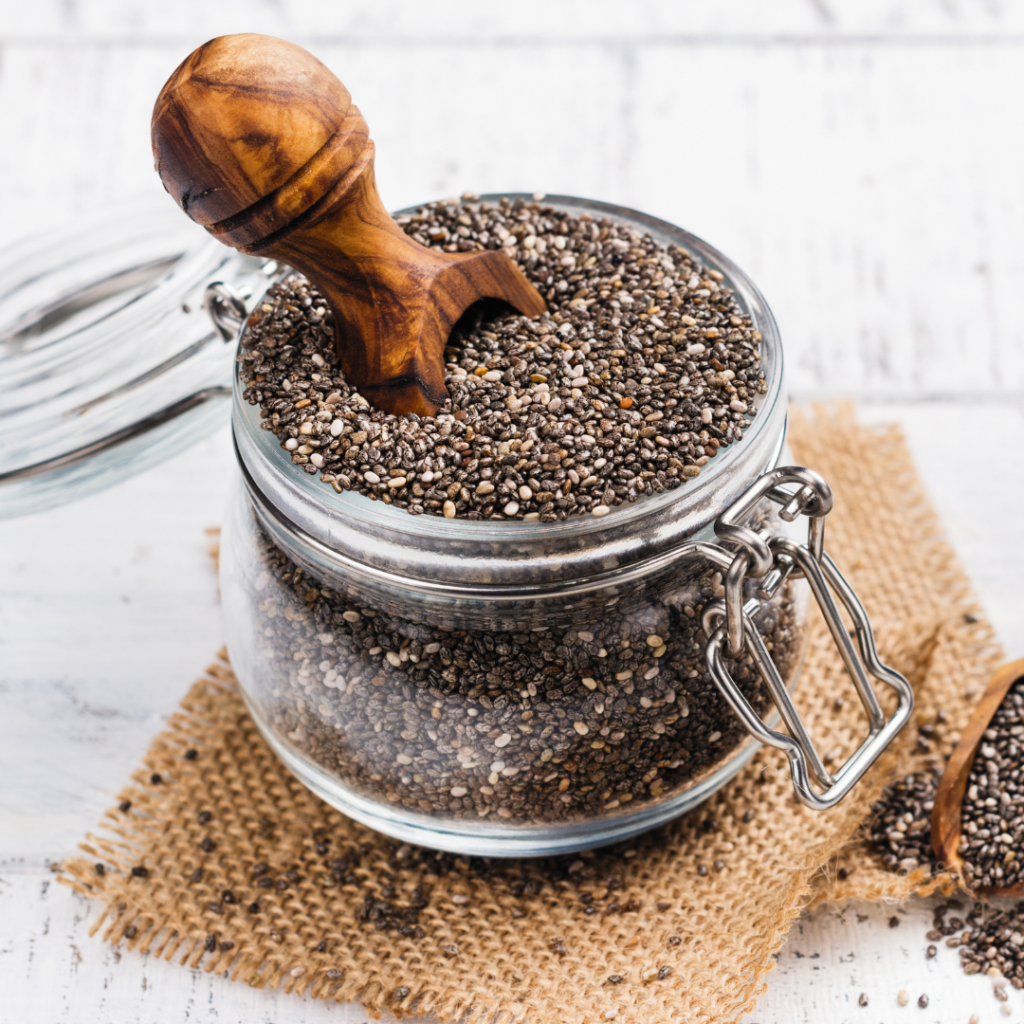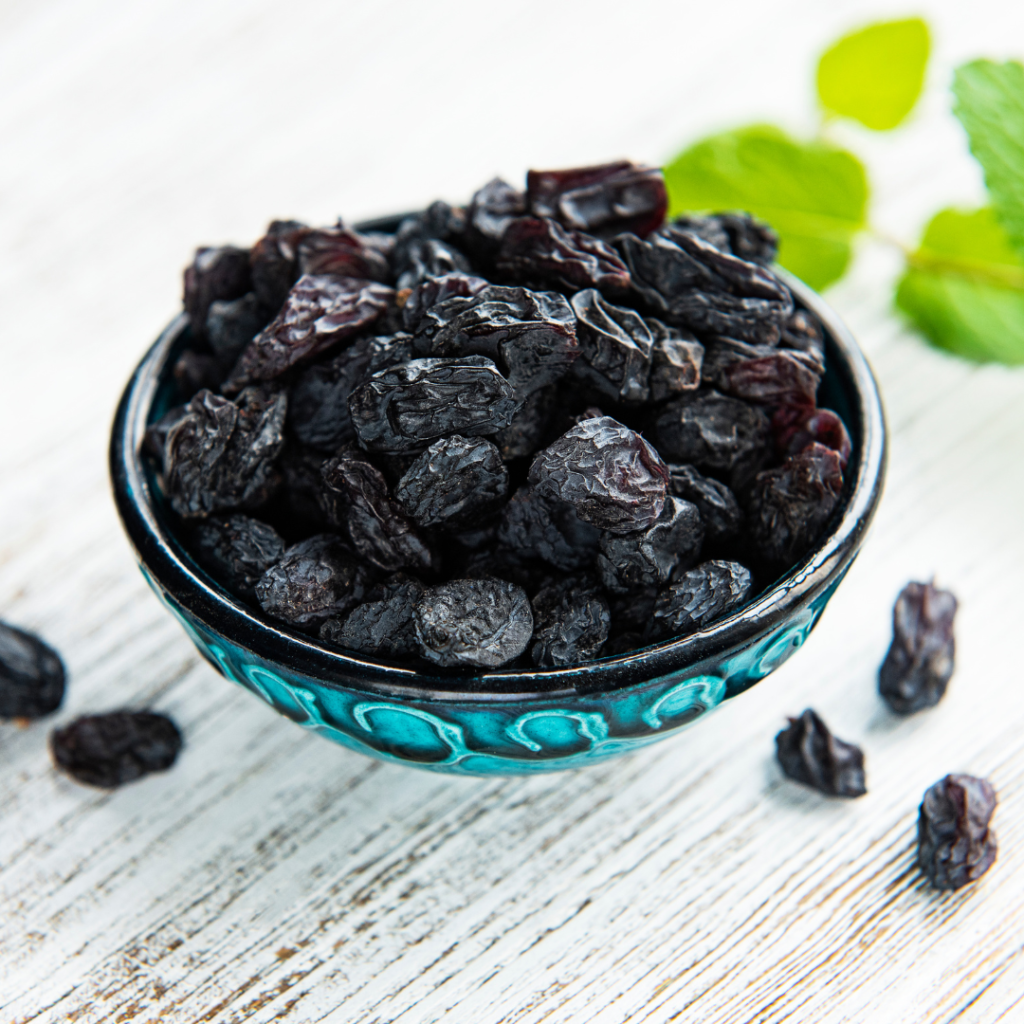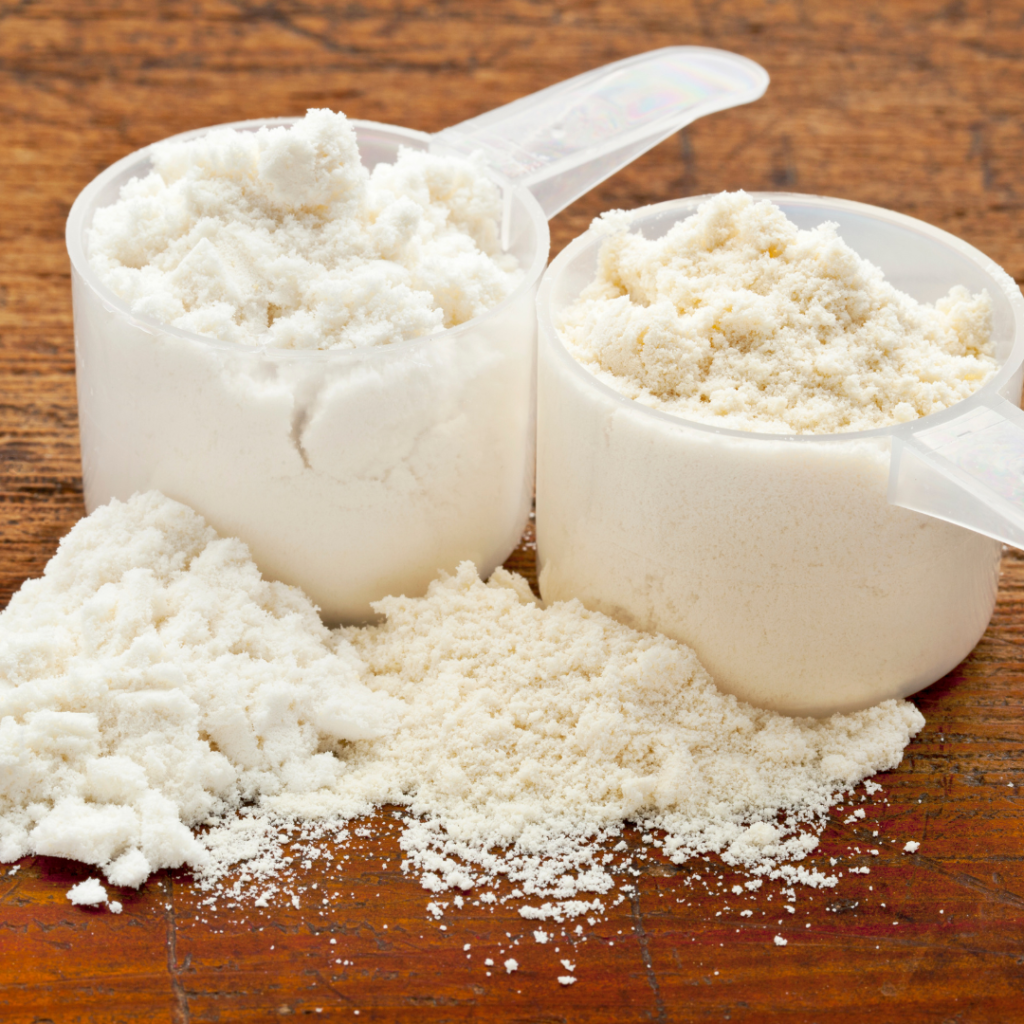Chia seeds, sabja seeds (also called falooda seeds), and tulsi seeds are all tiny powerhouses of nutrition, but they’re not the same thing.
Chia Seeds:
Origin: Salvia hispanica plant
Appearance: Small, oval-shaped seeds, usually gray, black, white, or brown
Taste: Nutty, mild flavor
Benefits: High in fiber, omega-3 fatty acids, protein, calcium, and antioxidants. May aid in digestion, weight management, and heart health.
Sabja Seeds (Falooda Seeds):
Origin: Sweet basil (Ocimum basilicum) plant
Appearance: Tiny, round, black seeds
Taste: Mild basil flavor when soaked
Benefits: Excellent source of dietary fiber and iron. May help with digestion, constipation, and regulate blood sugar.
Tulsi Seeds (Holy Basil Seeds):
Origin: Holy basil (Ocimum tenuiflorum) plant, a variety of basil
Appearance: Similar to sabja seeds, but slightly larger and brownish-black
Taste: Earthy, slightly peppery flavor
Benefits: Potential benefits include stress relief, boosting immunity, and regulating blood sugar. However, more research is needed to confirm these benefits.
Here’s a table summarizing the key points:
Feature Chia Seeds Sabja Seeds (Falooda Seeds) Tulsi Seeds (Holy Basil Seeds)
Origin Salvia hispanica Sweet basil (Ocimum basilicum) Holy basil (Ocimum tenuiflorum)
Appearance Small, oval, gray/black/white/brown Tiny, round, black Slightly larger than sabja seeds, brownish-black
Taste Nutty, mild Mild basil flavor (soaked) Earthy, slightly peppery
Benefits Fiber, omega-3s, protein, calcium, antioxidants Fiber, iron, digestion, blood sugar Potential stress relief, immunity boost, blood sugar regulation (needs more research)
Remember, these are just some of the potential benefits, and it’s always best to consult a healthcare professional before making significant changes to your diet.


